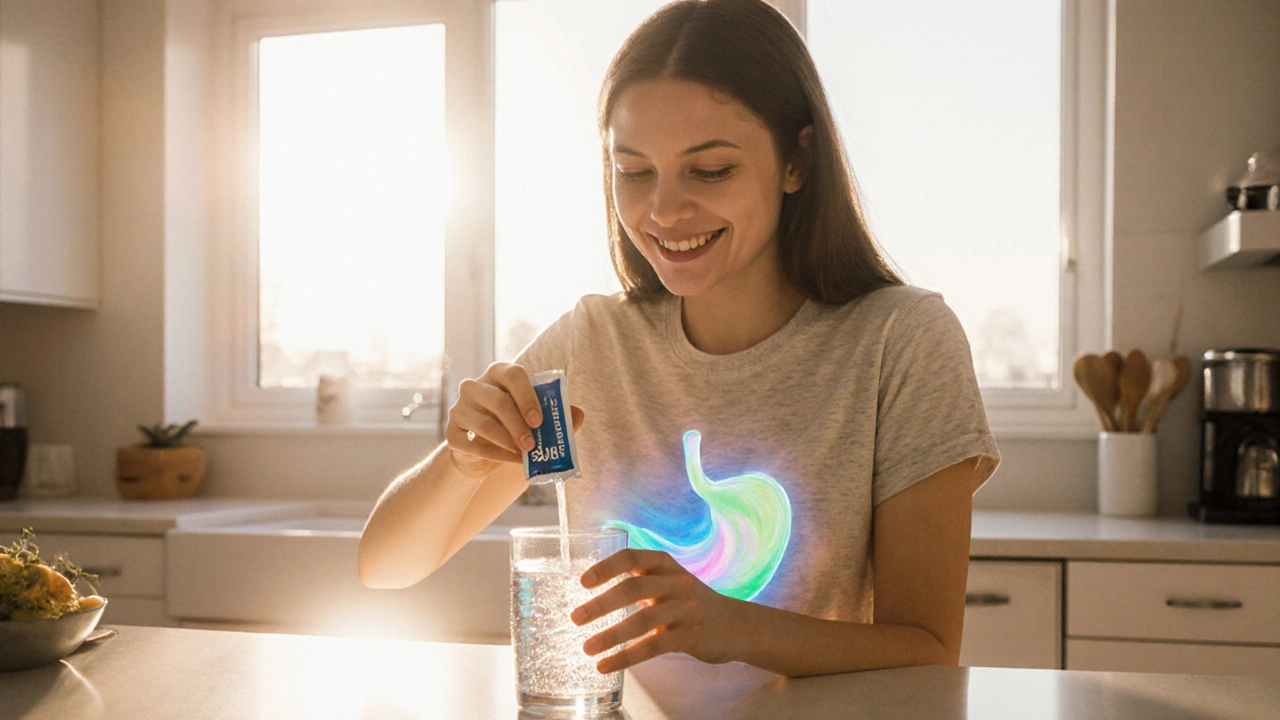Artificial Sweeteners: What They Are and Why They Matter
When talking about Artificial Sweeteners, low‑calorie compounds that replace sugar in foods and drinks. Also known as non‑nutritive sweeteners, they provide sweetness without the extra calories of sugar. Other common members of this group include Aspartame, a widely used sweetener found in diet sodas and sugar‑free desserts, Sucralose, a chlorinated sugar molecule that retains the taste profile of sugar, and Stevia, a plant‑derived sweetener gaining popularity for its natural origin. These sugar substitutes artificial sweeteners are used in everything from beverages to baked goods, and they have sparked debate over safety, taste, and metabolic effects.
How Artificial Sweeteners Fit Into Daily Life
Artificial sweeteners are a key part of many low‑calorie diets because they let people cut sugar while keeping the sweet flavor they crave. Nutritionists often recommend them to patients managing diabetes, weight, or metabolic syndrome. The relationship between these sweeteners and health outcomes is complex: while they reduce calorie intake, some research links certain types to changes in gut bacteria or appetite regulation. Understanding the specific attributes of each sweetener—like the intensity of sweetness, stability under heat, and metabolic pathway—helps consumers choose the right product for their goals.
Safety evaluation is a cornerstone of artificial sweetener regulation. Agencies such as the FDA and EFSA set an Acceptable Daily Intake (ADI) based on long‑term animal studies and human data. For example, the ADI for aspartame is 50 mg per kilogram of body weight, while sucralose’s ADI is 15 mg/kg. These limits are set far below levels that cause any known adverse effects, ensuring that typical consumption stays well within safe bounds. Still, people with phenylketonuria must avoid aspartame because it contains phenylalanine.
Beyond safety, taste perception plays a big role in how artificial sweeteners are adopted. Sucralose mimics sugar’s taste profile almost perfectly, making it popular in baking where heat stability matters. Stevia, while natural, can have a slight licorice aftertaste that some consumers dislike, so manufacturers often blend it with other sweeteners to balance flavor. Aspartame is about 200 times sweeter than sugar, so only tiny amounts are needed, but it can break down under high temperatures, limiting its use in cooking.
Market trends show a rising demand for natural‑looking sweeteners, pushing stevia and monk fruit into the spotlight. However, artificial sweeteners remain dominant in the beverage industry because they are cost‑effective and have a long shelf life. This mix of economic, regulatory, and sensory factors shapes the product landscape you’ll see across grocery aisles.
In the articles below you’ll find detailed comparisons of specific sweeteners, safety reviews, tips for reading food labels, and guidance on choosing the right sweetener for different dietary needs. Whether you’re cutting calories, managing diabetes, or just curious about the science, the collection offers practical insights to help you navigate the world of sugar substitutes.
How Artificial Sweeteners Affect Digestion and Cause Tummy Aches
Explore how artificial sweeteners affect digestion, trigger tummy aches, and what you can do to prevent gut discomfort while still enjoying low‑calorie sweetness.

